Date: July, 07 & 08 (MONDAY-TUESDAY)
Location: La belle Folie (https://labellefolie.fr/), in Ploemel, near Auray.
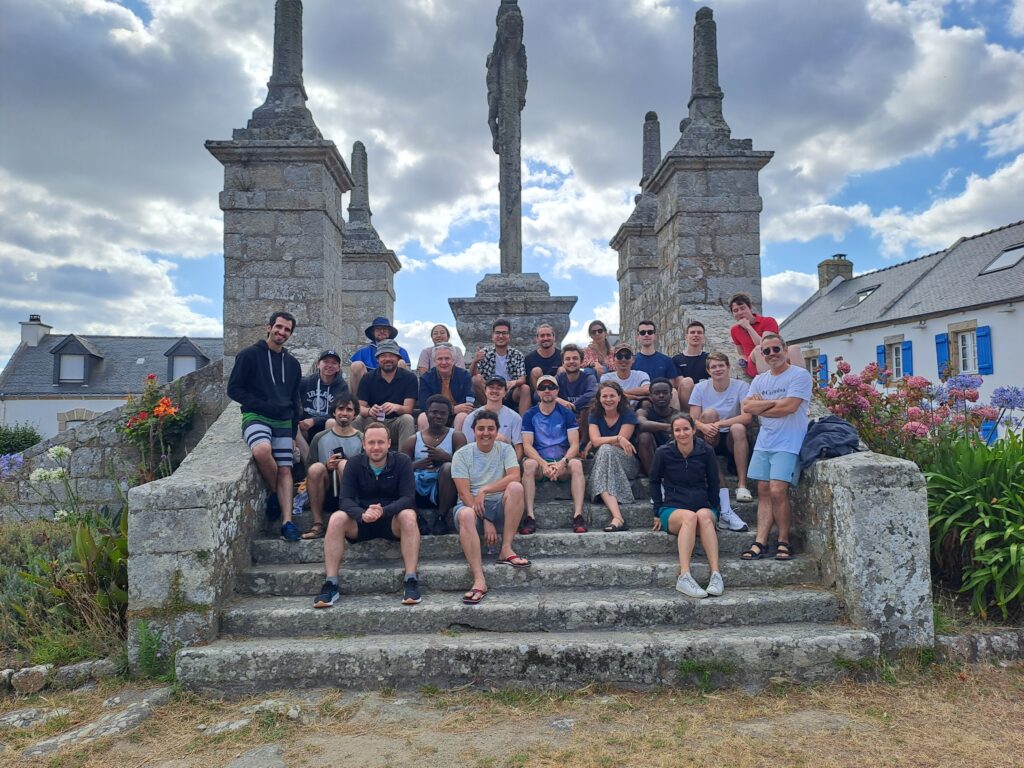
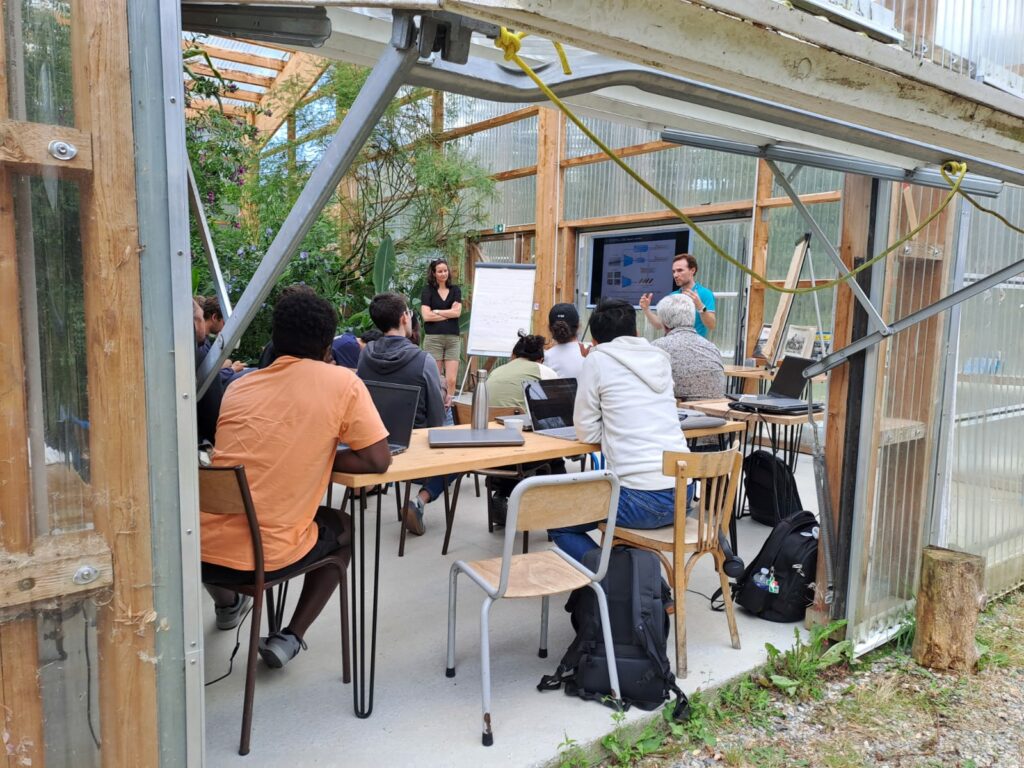
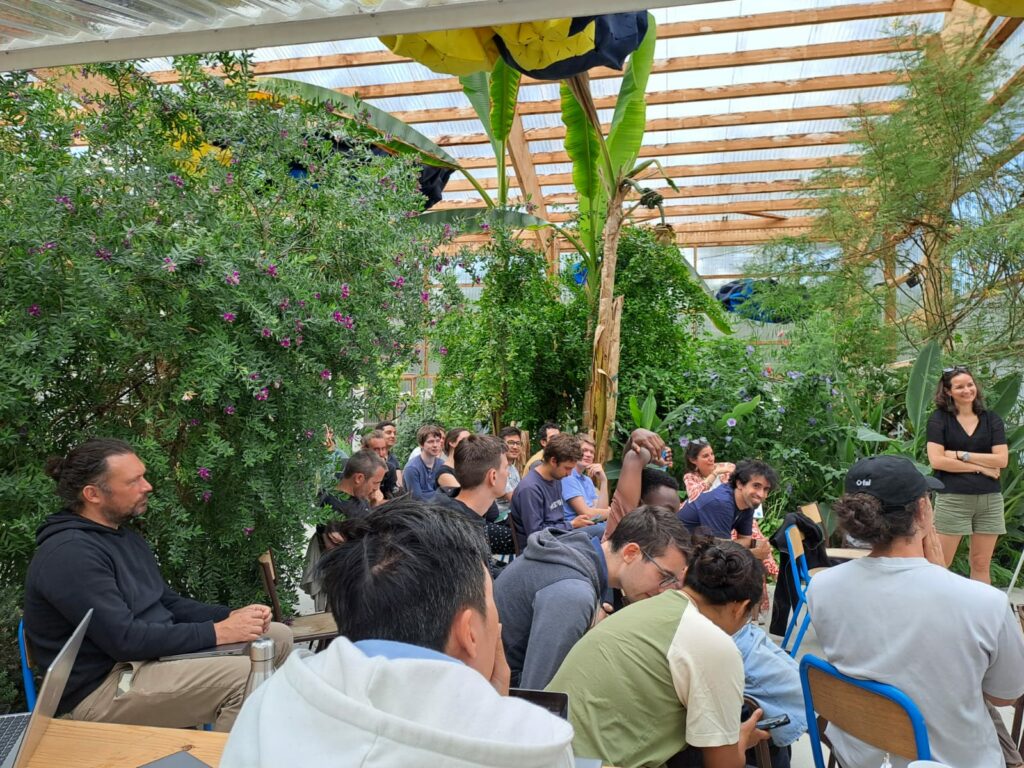
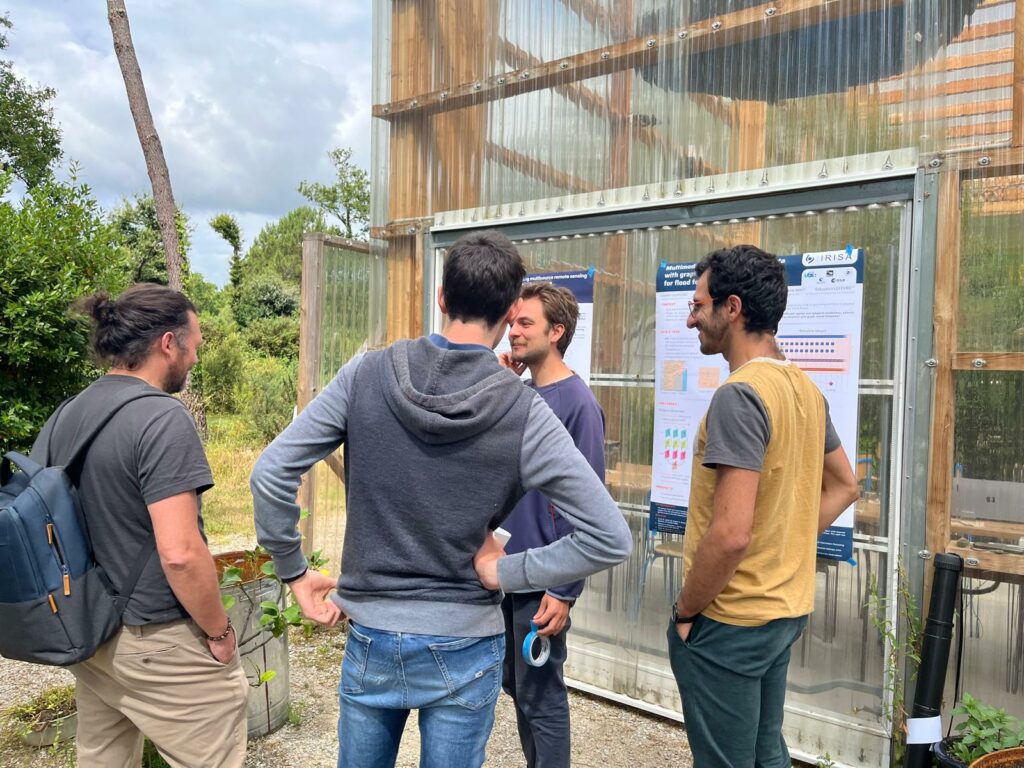
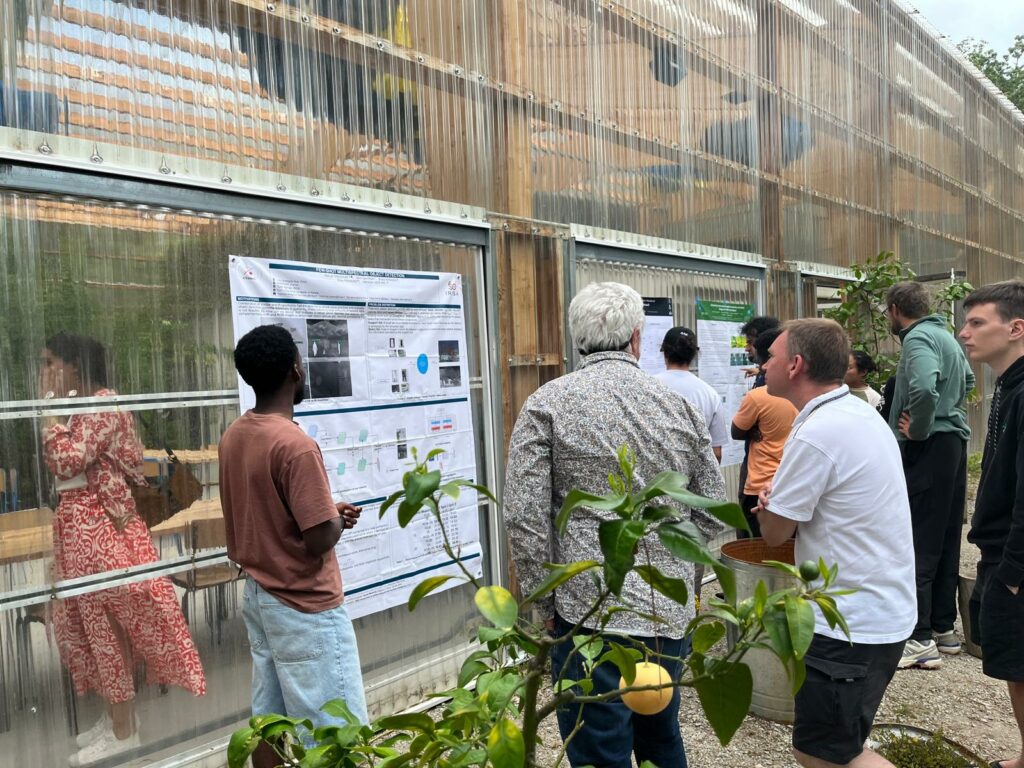
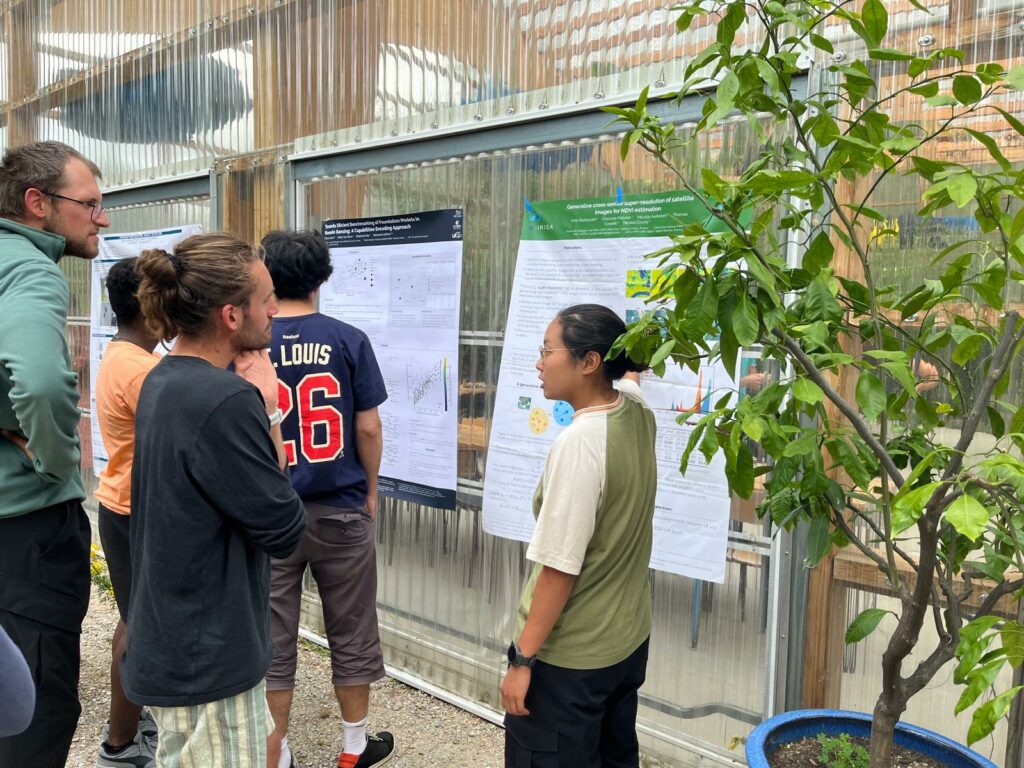
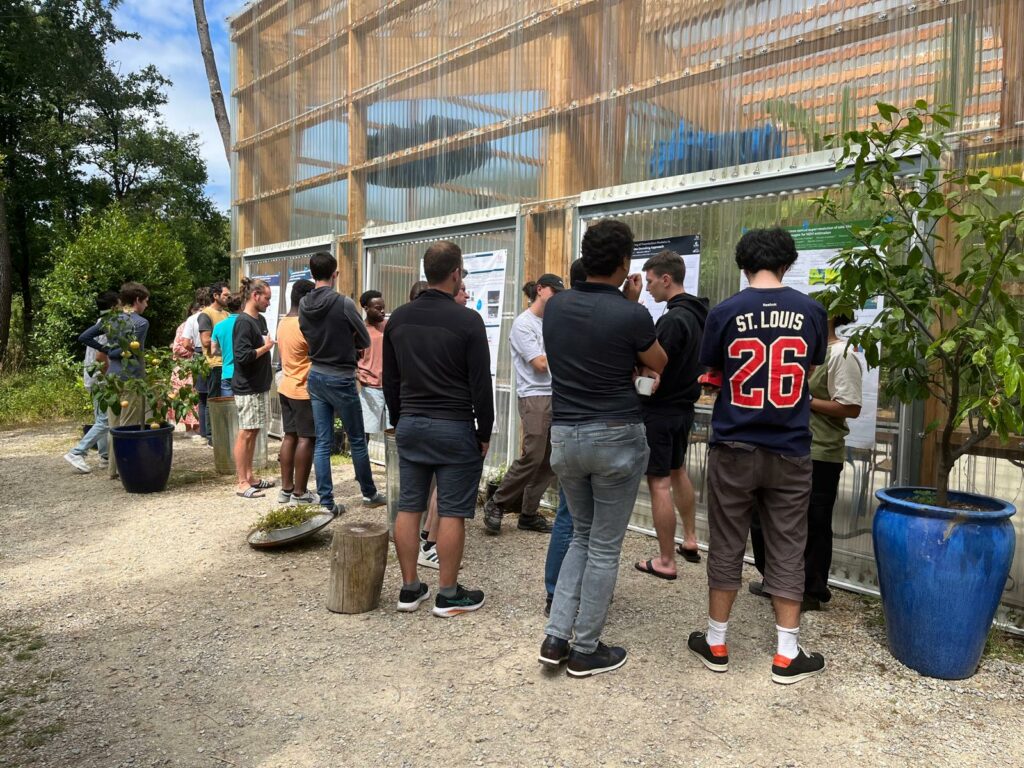
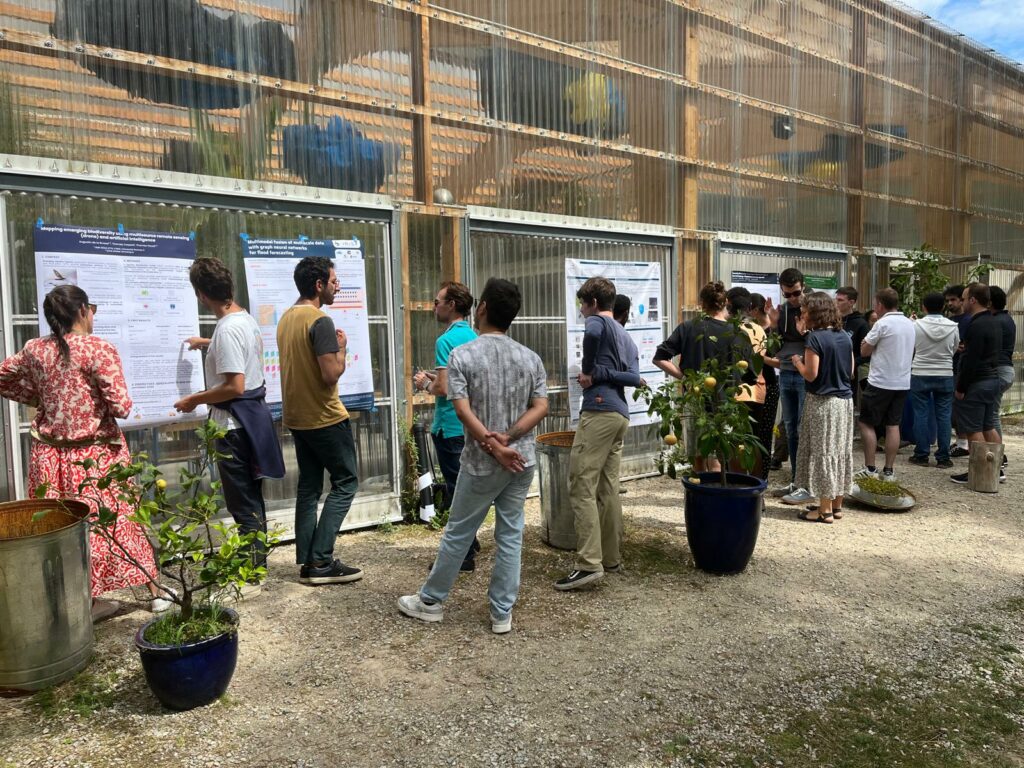
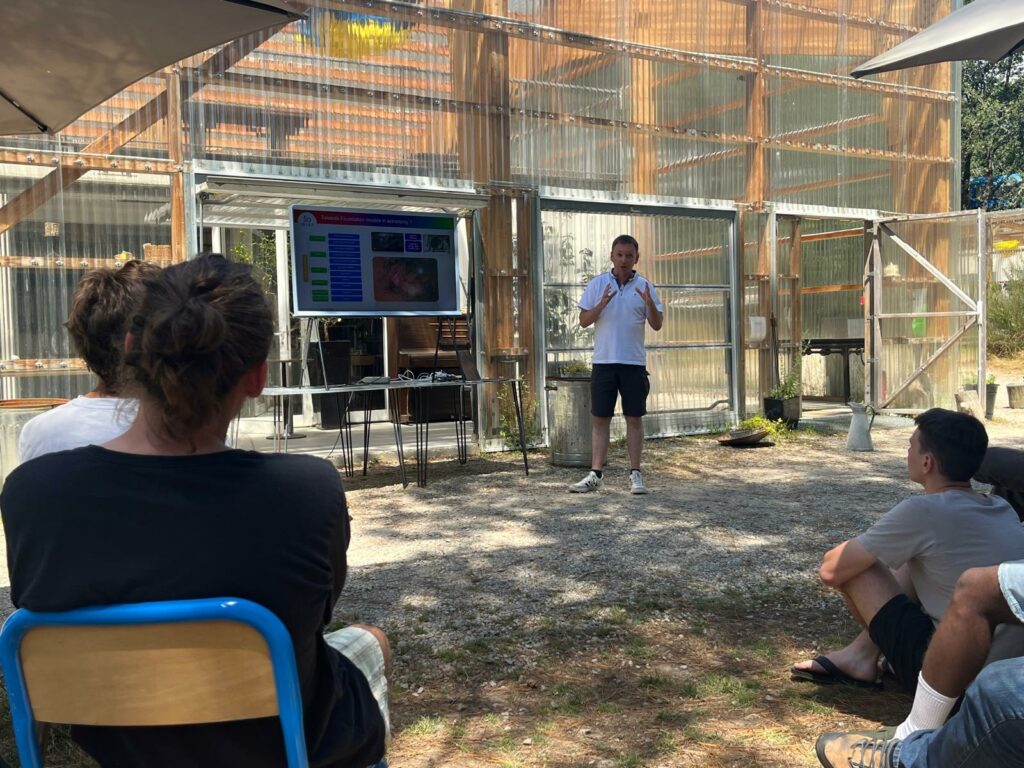
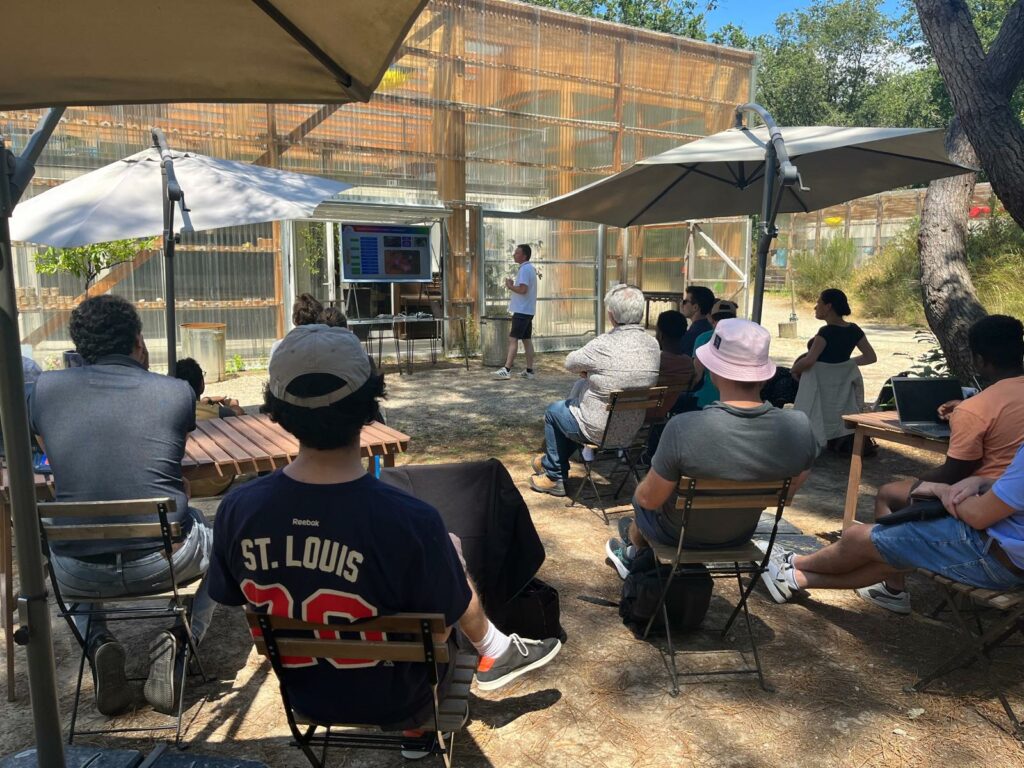
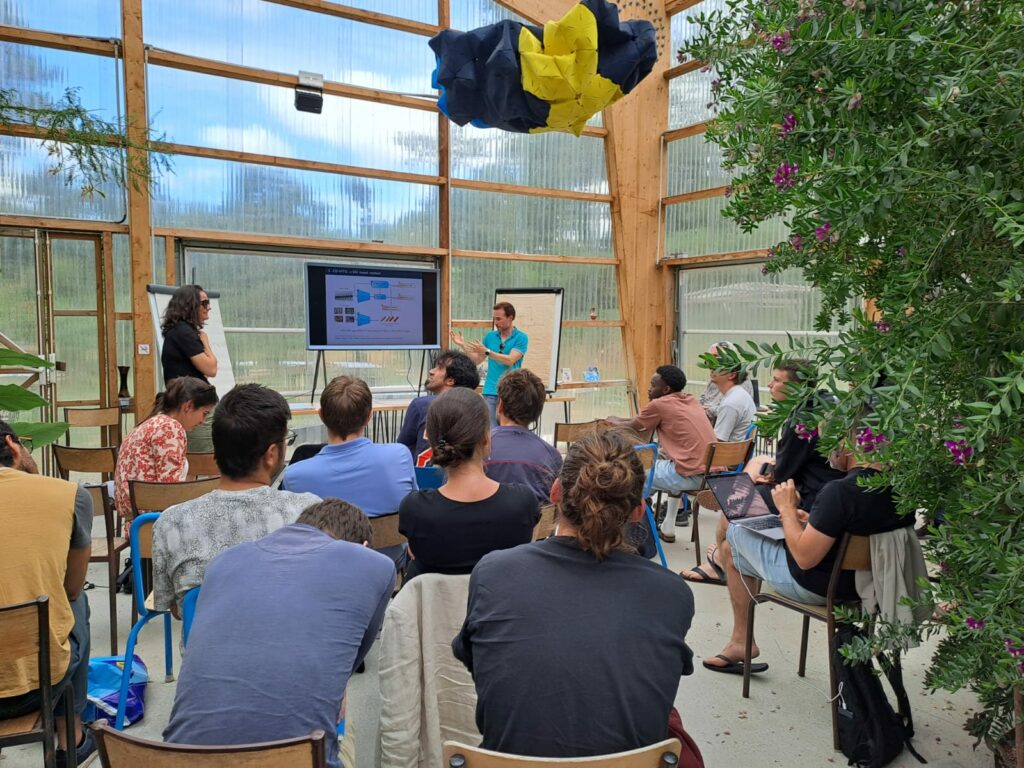
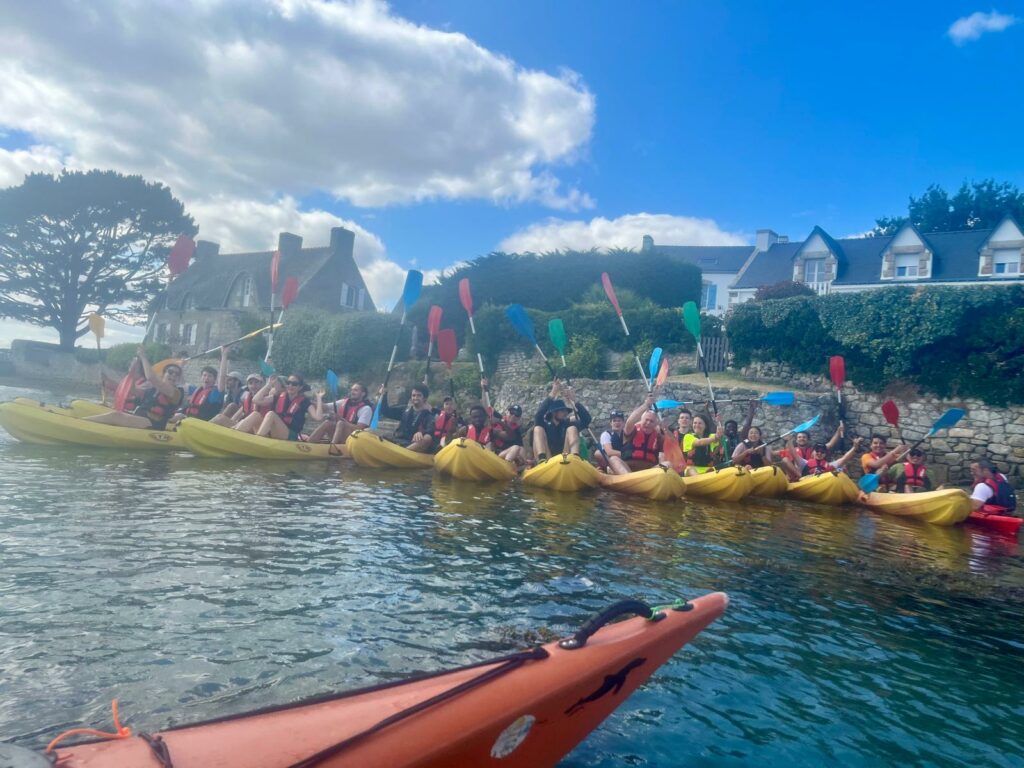
The program for SAV 2025 is a mix of scientific presentations and social events. Abstracts are reported below.
Short talks: 20 minutes, questions included / Long talks: 30 minutes, questions included / Keynote: 45 minutes, questions included
MONDAY, July 07
- 9h30 Arrival + welcome coffee
- 10h Introduction and Obelix spin-offs Laetitia Chapel, Chloé Friguet, Nicolas Courty, Marc Chaumont
- 10h30-12h10 Scientific session / Oral presentations (chair: Antoine Bralet)
- 10h30 Pierre Houedry: Bridging Arbitrary and Tree Metrics via Differentiable Gromov Hyperbolicity
- 11h15 Badie Belhmoucine: Enhancing Object Detection in Aerial Images: Multispectral Fusion and Resolution Optimization
- 11h45 Charlotte Pelletier: Leveraging covariance representations with Riemannian ResNet for satellite image time series classification
12h15-13h30 Lunch
- 13h30-15h00 Scientific session / Oral presentations (chair: Sébastien Lefèvre)
- 13h30 Yann Cabanes: Complex Stationary Centered Gaussian Autoregressive Time Series Machine Learning in Poincaré Disks: Application for Radar Clutter Clustering and Radar-based Drone Detection
- 14h10 Léo Buecher: Multi-Prototype Hyperbolic Learning Guided by Class Hierarchy
- 14h40 Marc Chaumont: Analyzing Deep-Learning Methods for Power Line Component Detection in Unmanned Aircraft System Imagery with Few Data
15h30-17h30 Team day out: Canoe Ria d’Etel
20h30 Dinner
TUESDAY, July 08
- 9h-10h15 Aimi Okabayashi and Léo Buecher: Tutorial on CFM
10h15 – 10h45 Break
- 10h45 – 11h25 Scientific session / Oral presentations (chair: François Merciol)
- 10h45 Hoàng-Ân Lê: Toward Blind Super-Resolution on Earth Observation data via Multi-Task Partial Supervision with Semantic Segmentation
- 11h05 Matthieu Le Lain: How to finetune DINOv2 for astronomy?
- 11h25 – 12h20 Poster session
- Pierre Adorni: Towards Efficient Benchmarking of Foundation Models in Remote Sensing: A Capabilities Encoding Approach
- Augustin De la Brosse: Mapping emerging biodiversity using multisource remote sensing (drone) and artificial intelligence
- Corentin Dufourg: Multimodal fusion of multiscale data with a graph neural network for flood forecasting
- Manuel Nkegoum: Few-shot Multispectral Object detection
- Aimi Okabayashi: Cross-sensor satellite image super-resolution
12h20-13h30 Lunch
- 13h30-14h10 Scientific session / Oral presentations (chair: Nicolas Courty)
- 13h30 Cyril Hugounenq: Challenges of biometric verification
- 13h50 Sébastien Lefèvre: renewal of Copernicus Master in Digital Earth
- 14h10 – Seminar assessment, tips and tools, good practices — FINEX!
Abstracts
- Badie Belhmoucine: Enhancing Object Detection in Aerial Images: Multispectral Fusion and Resolution Optimization
I will present our contributions to deep learning for object detection in aerial images, focusing on two important challenges: variations in illumination and weather conditions, and small object detection. Single-modality detectors struggle to generalize across different lighting and weather conditions. While RGB images are enough when objects are clearly visible, thermal IR proves more effective in low-visibility scenarios such as nighttime or bad weather. Additionally, due to the distance between the camera and the objects, many appear very small and become indistinguishable after downsampling, making detection more challenging. Avoiding downsampling, however, significantly increases the network’s computational cost at inference. To address these issues, I will introduce two strategies, each tackling one of these challenges:
Gaussian Contrastive Cross-Channel Fusion for Multimodal Object Detection: I will present Gaussian Contrastive Cross-Channel Fusion (G3CF), a multimodal fusion module that integrates contrastive learning with a Gaussian attention mechanism to enhance feature representation for better fusion. Integrated into a dual-YOLO framework, this module significantly improves detection performance across multiple datasets.
Resolution Optimization for Small Object Detection: Instead of relying on computationally expensive super-resolution or high-resolution images, we propose a dual-network approach where one network upsamples early while the other upsamples late. By leveraging knowledge distillation, we transfer information from the early-upsampling model to the late-upsampling detector, improving feature representation while maintaining computational efficiency at inference. - Léo Buecher: Multi-Prototype Hyperbolic Learning Guided by Class Hierarchy
While the Euclidean space is the prevailing choice to embed data in Deep Learning methods, the hyperbolic space has attracted increasing attention over the previous years in the Machine Learning community for its ability to embed hierarchical structures with low distortion. This has lead to the development of a variety of classifiers adapted to the hyperbolic framework and that can be plugged at the end of usual deep learning architectures. Following the principles of prototype learning, we will present a classifier that leverages the Busemann function, parametrised by ideal prototypes living on the boundary of the space, and that can be seen as a generalisation of a logistic regression classifier for the hyperbolic setting. We will especially focus on an extension of it, which makes use of multiple prototypes per class. We will highlight the experimental performances of our method on classification tasks where the classes are linked together through a hierarchical structure, a context for which the hyperbolic space is particularly well suited. - Yann Cabanes: Complex Stationary Centered Gaussian Autoregressive Time Series Machine Learning in Poincaré Disks: Application for Radar Clutter Clustering and Radar-based Drone Detection
Radar time series are complex centered time series. Our goal is to use meaningful geometric representation spaces to study the information carried by radar time series. First, we aim to cluster radar clutter, i.e., radar data related to the environment such as seas, forests, or fields surrounding the radar. We assume that the observed complex time series follow a centered, stationary Gaussian autoregressive model. Such time series can be represented by their covariance matrices, which are Toeplitz Hermitian positive-definite matrices. They can also be represented by some specific autoregressive coefficients, called reflection coefficients, whose modulus is strictly less than 1 (i.e. they belong to the complex unit disk). We equip the space of the reflection coefficients (i.e. several complex unit disks) with a Riemannian metric inspired by the information geometry metric on Hermitian positive-definite matrices. The resulting Riemannian manifold is a product manifold involving several Poincaré disks (as many as the order of the autoregressive model). We then use the k-means algorithm in this Riemannian manifold to perform radar clutter clustering. In the second and last part, we attempt to detect drones from radar time series. The time series associated with drones are not stationary; they can be characterized by the micro-Doppler effect induced by the rotation of the propellers. The complex time series is then segmented into short observation windows. For each window, we assume that the short time series observed is stationary and we represent it by a point in the Riemannian manifold presented in the first part. We then obtain a Riemannian time series whose geometric and statistical characteristics are used to detect drones. - Marc Chaumont: Analyzing Deep-Learning Methods for Power Line Component Detection in Unmanned Aircraft System Imagery with Few Data
Due to the critical role of power lines in modern infrastructure, numerous automated methods have been developed for their inspection. Among these, Unmanned Aircraft Systems (UAS) have emerged as a valuable tool, offering rapid and precise inspections by capturing high-resolution aerial imagery of power lines. Drones enable access to hard-to-reach areas, reduce safety risks for workers near live wires, and significantly lower the time and cost associated with traditional inspection methods. In particular, deep learning techniques have been widely applied to automate the analysis of key components via the onboard camera. However, these methods typically rely on a first stage of detection based on large, annotated datasets focused on specific components, limiting their adaptability to new or unseen components. This paper investigates the application of two state-of-the-art algorithms of Few-Shot Object Detection (FSOD) for power line component detection: DeFRCN and CD-ViTO, alongside a modified Yolov8 detector of our own in which we integrated the modules of DeFRCN. We evaluate their performance using both public and proprietary datasets, analyzing unexpected outcomes and provide insights into the practical applicability of FSOD in real-world scenarios.
Joint work with Guillaume Fourret, Christophe Fiorio, Gérard Subsol, Samuel Brau - Pierre Houedry: Bridging Arbitrary and Tree Metrics via Differentiable Gromov Hyperbolicity
Trees and the associated shortest-path tree metrics provide a powerful framework for representing hierarchical and combinatorial structures in data. Given an arbitrary metric space, its deviation from a tree metric can be quantified by Gromov’s delta-hyperbolicity. Nonetheless, designing algorithms that bridge an arbitrary metric to its closest tree metric is still a vivid subject of interest, as most common approaches are either heuristical and lack guarantees, or perform moderately well. In this work, we introduce a novel differentiable optimization framework, coined DeltaZero, that solves this problem. Our method leverages a smooth surrogate for Gromov’s delta-hyperbolicity which enables a gradient-based optimization, with a tractable complexity. The corresponding optimization procedure is derived from a problem with better worst case guarantees than existing bounds, and is justified statistically. Experiments on synthetic and real-world datasets demonstrate that our method consistently achieves state-of-the-art distortion
- Cyril Hugounenq : Challenges of biometric verification
After motivating the usage of biometric and its protection we briefly present the state of the art methods to produce embeddings of biometric data. We then state the different properties needed while protecting the biometrics data. The different family of methods to protect the embeddings are briefly shown before exploring some ways to protected biometric data. - Hoàng-Ân Lê: Toward Blind Super-Resolution on Earth Observation data via Multi-Task Partial Supervision with Semantic Segmentation
Super-resolution and semantic segmentation are known to benefit one another, especially in the Earth observation context, yet learning both tasks in a joint model often requires both task annotations, which is impractical and expensive. In this paper, we study both tasks under the partial supervision paradigm where each example is annotated only for one of the tasks. To that end, we employed the teacher-student model to address the lack of representative low-resolution images for blind super-resolution training and to alleviate super-resolved artifacts. The experimental results show comparable results with state-of-the-art methods under the same assumptions. - Matthieu Le Lain: How to finetune DINOv2 for astronomy?
This study evaluates the performance of existing visual foundation models, such as ViT, SwinV2, BEiT and DINOv2, for astronomical applications, in particular the classification of galaxy images using the Galaxy10DECaLS dataset. We use a finetuning methodology to assess the viability of adapting pre-trained models to astronomical tasks, with the aim of bypassing the costly process of fully re-training foundation models. Experimental comparison of the models leads to an in-depth analysis of the DINOv2 model, with promising results. The aim of this study is to assess the benefits of fine-tuning all the model parameters versus finetuning only the classification head. The aim is to optimize the model performance while identifying its potential limitations. Our research contributes to the emerging field of astronomical foundation models by identifying current limitations and defining future directions of AI research for astronomy. - Charlotte Pelletier: Leveraging covariance representations with Riemannian ResNet for satellite image time series classification
Remote sensing has become an essential tool for monitoring agricultural practices, enabling the assessment of crop health, phenology and yield on unprecedented scales. In particular, satellite image time series (SITS) acquired by constellations such as Sentinel capture rich spatial, spectral and temporal patterns essential for identifying crop types. However, the analysis of SITS data is difficult due to their large volume, complexity, and variability. Robust representations, such as covariance matrices, offer a promising solution by encoding second-order statistics that are both compact and resistant to noise. Building upon the success of covariance matrices in brain signal classification task, we propose an approach that leverages the structure of covariance matrices for SITS classification, with specialized tools from Riemannian geometry for efficient processing of the covariance matrices. Specifically, the three main contributions are (i) estimating spectral and temporal covariance matrices from SITS, (ii) evaluating the Riemannian residual network (RResNet) for processing single representations, and (iii) introducing the LogEucResNet-Combo (LERN-Combo) model to leverage both spectral and temporal covariance matrices. Experiments conducted on the BreizhCrops dataset demonstrate that LERN-Comboh achieves competitive results, offering a robust and parameter-efficient alternative for SITS analysis.
Joint work with Khizer Zakir (CDE student), Laetitia Chapel and Nicolas Courty



